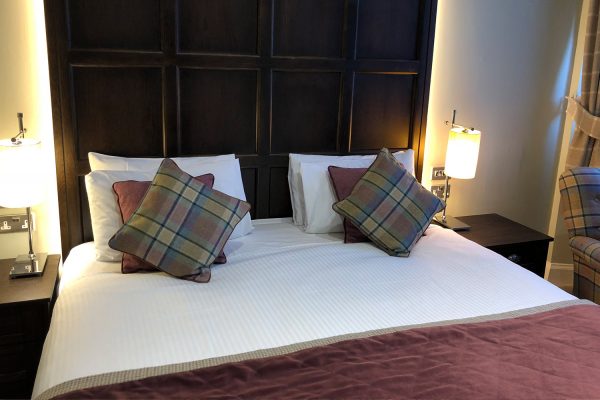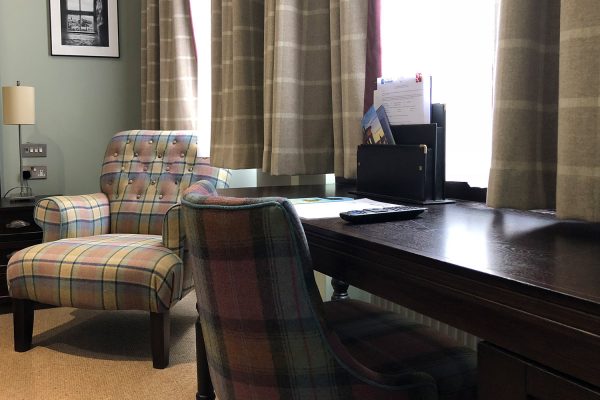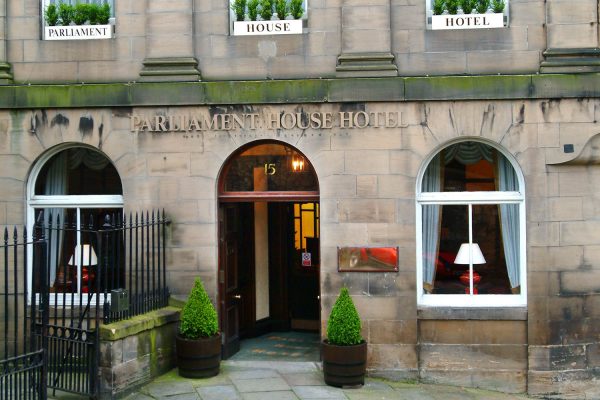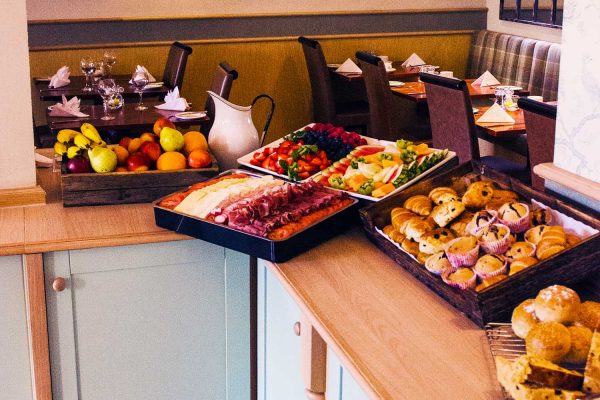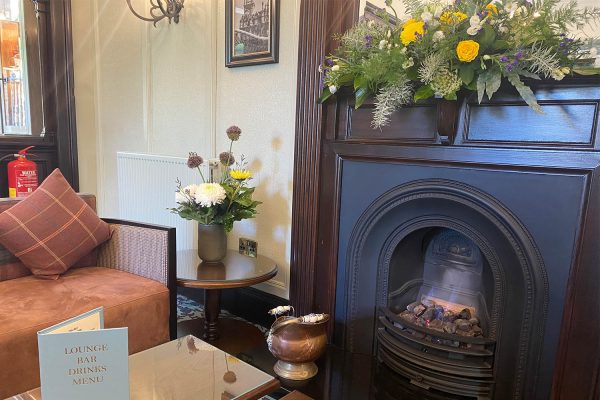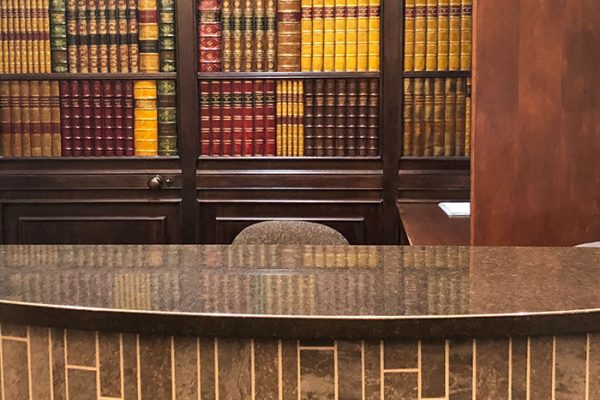Weird and Wonderful Edinburgh and Scottish Traditions
Edinburgh and Scottish traditions and customs
Scotland is famous for its traditions. Some Scottish traditions date back centuries, whilst others are more modern and fun. Have you ever wondered why we dive into the freezing cold waters of Firth of Forth on New Year’s Day? Or perhaps you want to know why we throw large tree trunks into the air at the Highland Games? Well, read on below to find out where our fascinating traditions originate from. Then, book your stay at Parliament House Hotel, visit Scotland’s wonderful capital and start a new tradition of your own.
Spitting on the Heart of Midlothian in Edinburgh
Have you ever seen someone spit on the Heart of Midlothian whilst out and about sight-seeing on the Royal Mile? This mosaic heart sits on the ground close to the west door of St Giles’ Cathedral on the High Street. The heart lies where a prison entrance once stood and marks the spot where taxes were paid and executions took place. The spitting tradition is said to have been started by people showing their distaste for the ghastly executions and goings-on.
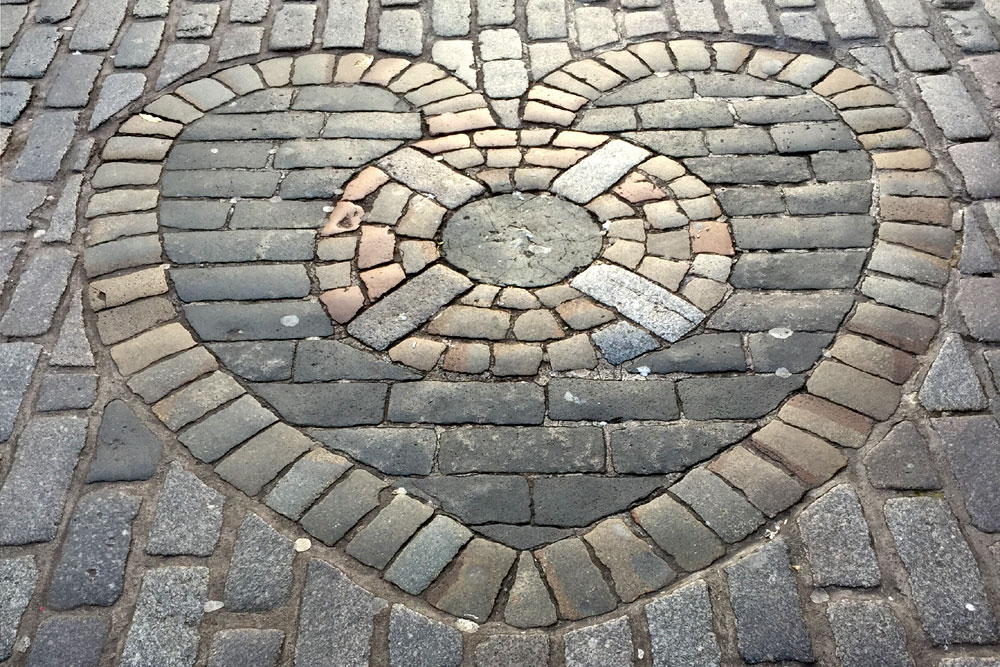
Hogmanay, First Footing and Auld Lang Syne
Hogmanay is one our most famous and celebrated Scottish traditions. The origins of the event are unclear, but some say it first celebrated the passing of the Winter Solstice. Due to many people working over the Christmas period up until the 1950s, the winter solstice holiday would be celebrated at New Year instead. Here, presents would be exchanged and celebrations lasted all night. Today, Hogmanay is widely celebrated across Scotland and there are street parties, live music and all-night entertainment. The Hogmanay celebrations in Edinburgh are world renowned!
No Hogmanay celebration would be complete without singing Auld Lang Syne after midnight. Written by the famous Scottish poet, Robert Burns, ‘Auld Lang Syne’ has become the traditional song for welcoming in the New Year, not just in Scotland, but all over the UK and many other parts of the world.
The First Footing tradition is still prominent across Scotland. Here, a dark male should be the first to set foot in a home at midnight, ensuring good luck for the household. As a symbolic gesture, he will bring shortbread, salt, black bun and a dram of whisky. A dark male was said to be lucky because in the Viking days, a visit from a blond male would signify trouble and battle.
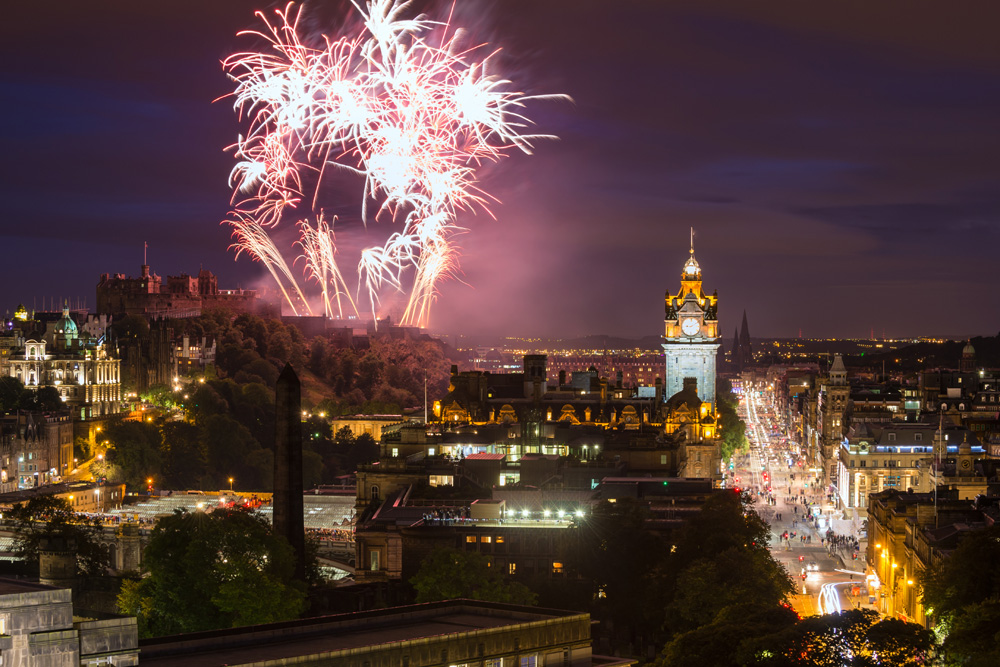
Loony Dook
If you want an interesting experience during your stay in Edinburgh, the Loony Dook is not to be missed. On New Year’s Day, thousands of people don fancy dress and make their way down to the Firth of Forth river. Starting at South Queensferry, the costumed crowd of people then plunge themselves into the freezing waters. What started as a hangover cure in the mid-1980s has since become one of the biggest traditions in Edinburgh. You’ll see every type of costume, from Nessie the Loch Ness Monster, to traditional kilted men. Now, the annual event raises money for many charities and the celebrations continue into the town after. It’s an event worth witnessing during your winter break at Parliament House … and take the plunge if you’re feeling brave!
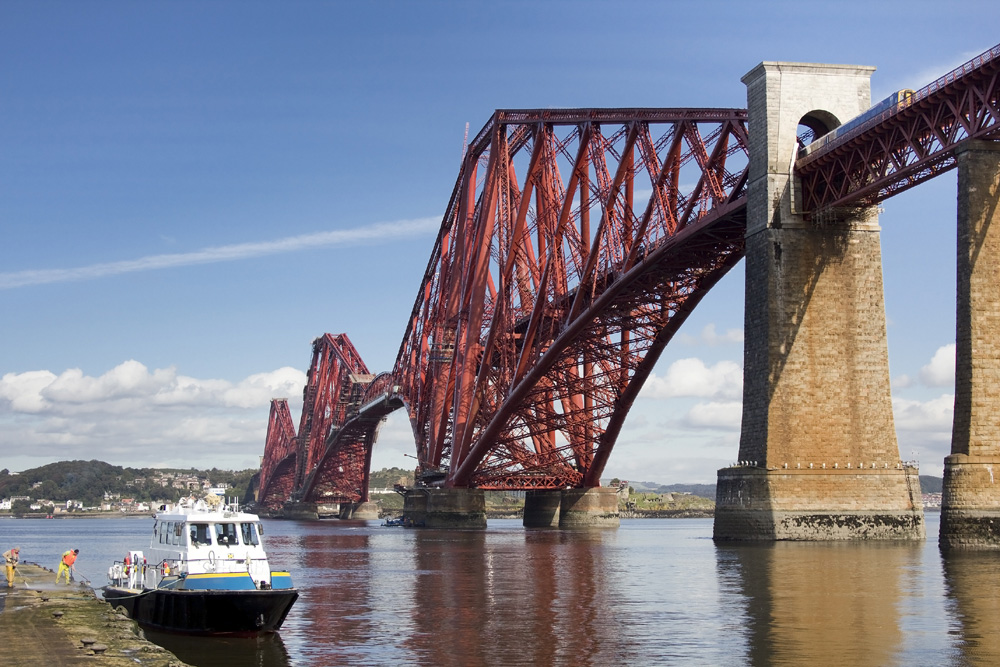
The One O’Clock Gun and Calton Hill Time Ball
Listen out at 1 pm in Edinburgh on most days, and you’ll hear an almighty bang coming from Edinburgh Castle. This is the One O’clock Gun, a cannon which is traditionally fired as a time signal. This dates back to 1861, when ships on the Firth of Forth would set their maritime clocks to it. And it is quite a famous spectacle to see on a visit to the castle.
However, did you know there is another time signal, which pre-dates the gun and still takes place to this day in Edinburgh? In the 1950s a time ball was installed on top of the Nelson Monument on Calton Hill, which drops at exactly 1 pm as a visual time signal. The gun was brought in as an audible signal, that would be more likely to catch the attention and also could be heard no matter the weather.
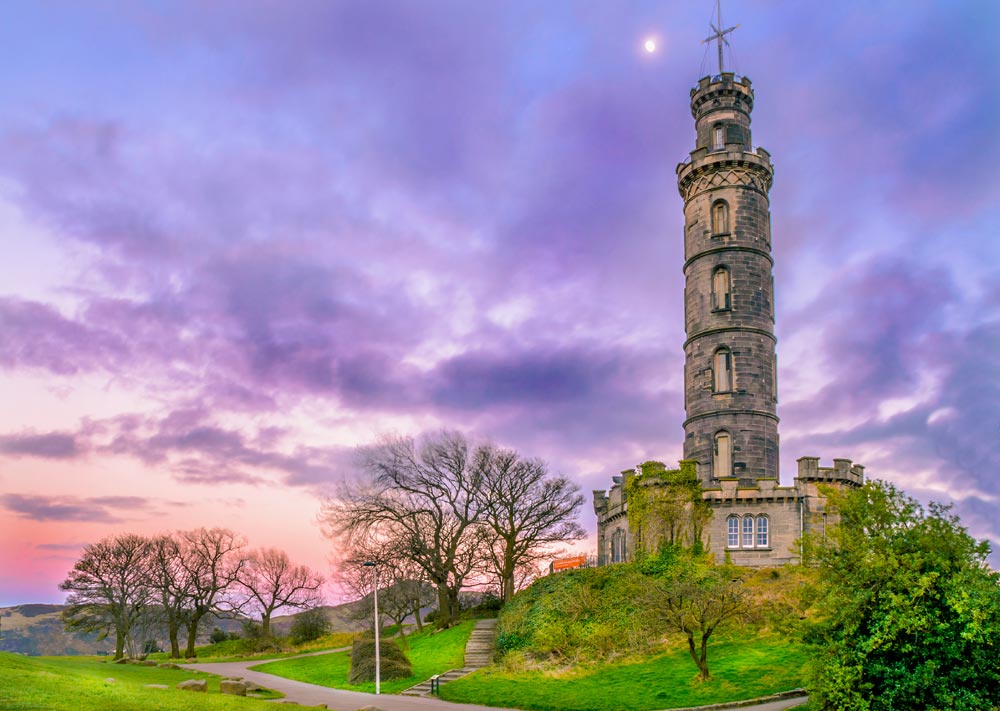
Highland Games
The Highland Games are said to have originated in the 14th century as a way of selecting the best clan chiefs. Cheered on by royalty over the centuries and still today, the games are now one of the leading Scottish traditions. Taking place over the spring and summer months, games include tossing the caber (tree trunk) and putting the stone. Also, there’s traditional Scottish dancing, piping competitions and music. Around an hour’s drive from Edinburgh, the Stirling Highland Games is our closest event.
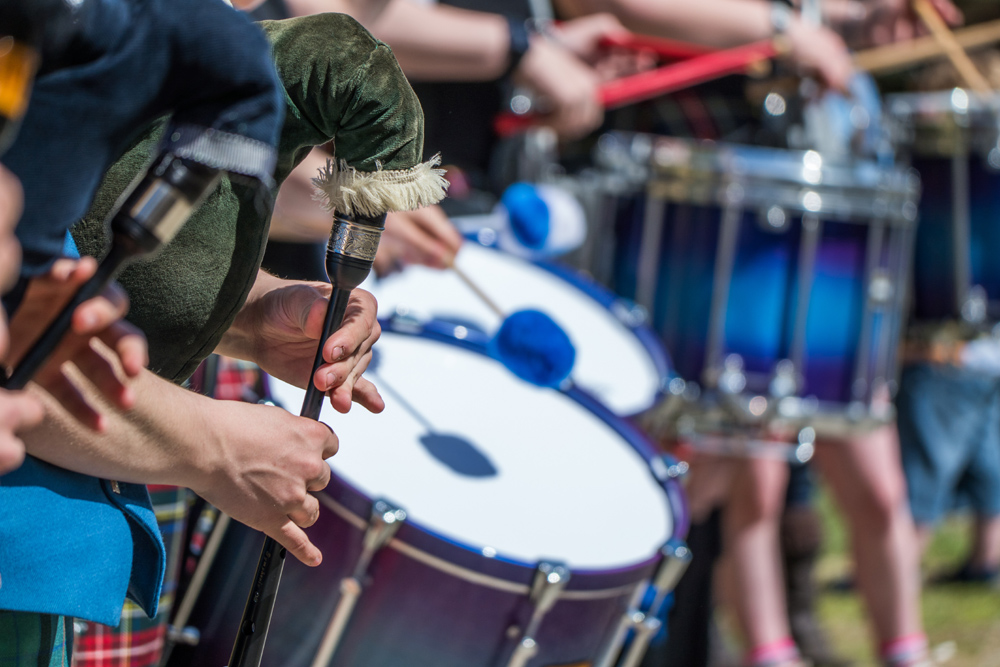
Haggis Hurling
Haggis is a renowned delicacy in Scotland and a symbol of Scottish culture, but it’s not just for eating. One of Scotland’s interesting customs is haggis hurling. The haggis hurling tradition dates back to the 17th century. During this period in Auchnaclory, the women would throw haggis across the River Dromach to their husbands, who worked in fields. Rather than cross the river, the husbands would catch the haggis in their kilts. Over recent years, this tradition has been revived and now there’s an annual World Haggis Hurling Competition, which takes place at the Bearsden and Milngavie Highland Games.
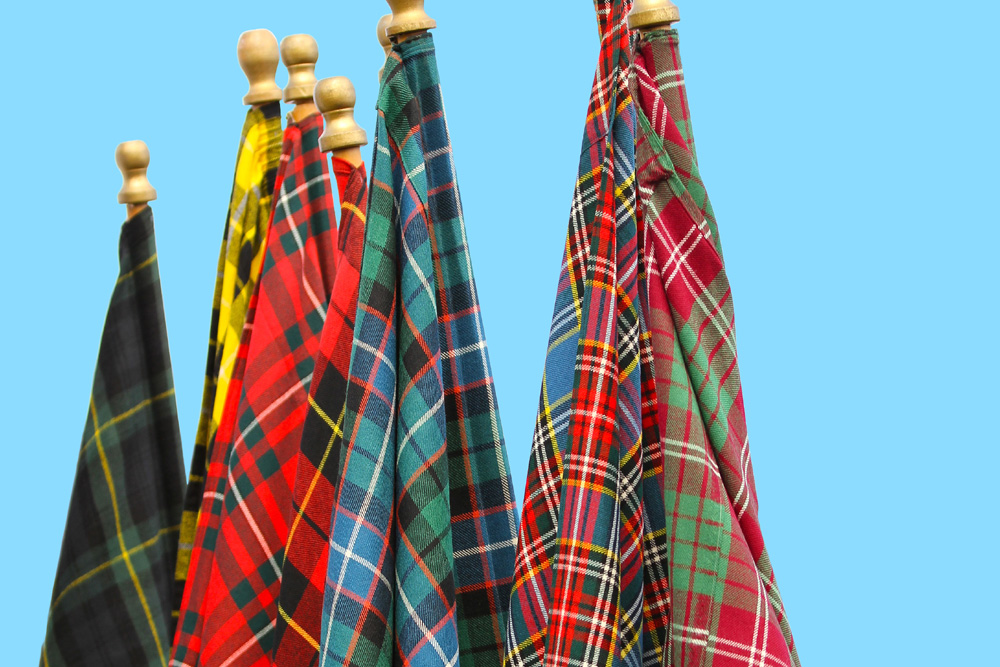
Now you know about the origins of many of our weird and wonderful Scottish traditions. So, why not browse our special offers and visit Parliament House in Edinburgh to experience some of them for yourself?


